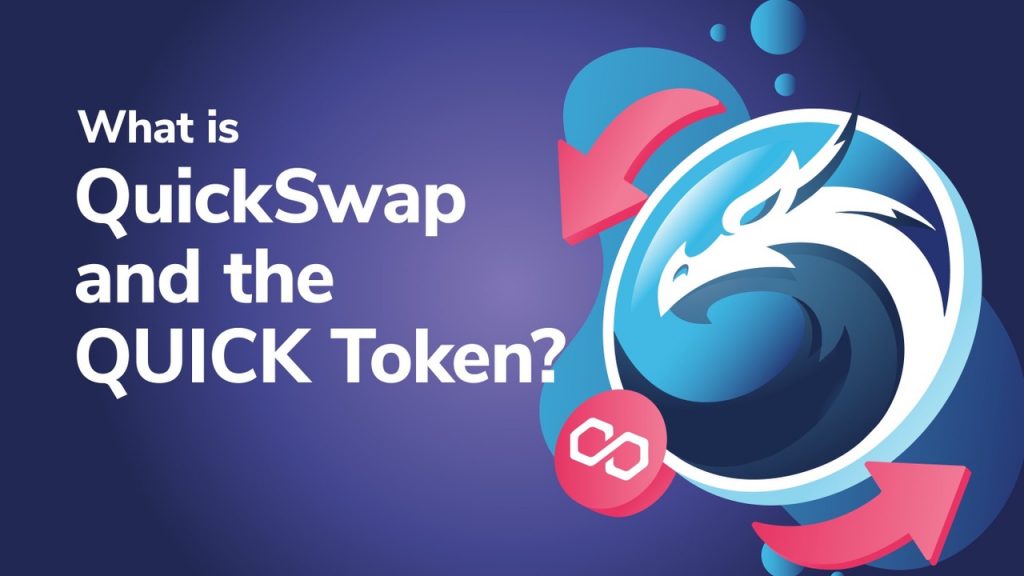
Decentralized finance (DeFi) has seen phenomenal growth in just a few years. The rise of the automated market maker (AMM) model has enabled DeFi to thrive. However, this has come at a cost. The congestion of Ethereum has caused gas fees to soar, causing many projects to look elsewhere for launching a blockchain project. Polygon, or the Matic Network as it was formerly known, is one of many layer-2 scaling solutions helping to scale the world’s most programmable blockchain. Created to expedite the process of building decentralized applications (dApps) and getting them to market, Polygon is host to several new blockchain projects, including QuickSwap. Powered by the QuickSwap token (QUICK), and the Dragon’s Quick token (dQUICK), QuickSwap works much like popular AMM Uniswap. However, there are some key differences. If you’re wondering, “what is QuickSwap?” and, “what is the QUICK token used for?”, then you’re about to find out!
In this article, we’ll explore QuickSwap and the QUICK token, and why the project has seen so much popularity. Also, we’re going to discuss Polygon/Matic, and the automated market maker (AMM) model used by QuickSwap. Furthermore, we’ll discuss layer-2 solutions, yield farming, and the Dragon’s Quick (dQUICK) token.
To interact with QuckSwap, you’ll first need to learn how to use a Web3 wallet such as Metamask. For a video-guided tutorial for installing and using Metamask with decentralized finance (DeFi) protocols, check out the DeFi 101 course at Ivan on Tech Academy. Also, if you’re new to crypto and want to learn how to safely buy, sell and store crypto, our Crypto Basics course is just for you! Regardless of experience, Ivan on Tech Academy has courses covering every part of the blockchain industry!
What is QuickSwap?
QuickSwap is a next-generation layer-2 decentralized exchange (DEX) and automated market maker (AMM). QuickSwap is also a fork, or clone of the number one automated market maker, Uniswap. Swapping out the unicorns for magic dragons, the user interface is otherwise practically identical. However, the difference is that Uniswap runs on the Ethereum Network, whereas QuickSwap runs on the Matic/Polygon Layer-2 platform.

Due to high congestion on the Ethereum Network, QuickSwap offers faster settlements than Uniswap, with much lower fees than Ethereum. As Uniswap has become the industry standard for AMMs and Uniswap liquidity mining and has been so heavily audited, it’s unsurprising that many projects have used the open-source code to create variations of the number one decentralized exchange (DEX).
What is an Automated Market Maker (AMM)?
Now that we’ve addressed the question “what is QuickSwap?” – it’s time to look at automated market makers. Automated market makers (AMMs) facilitate permissionless peer-to-peer trading using liquidity pools instead of order books. Rather than buying crypto from a centralized exchange, AMMs use funds from liquidity providers to facilitate token swaps. Rather than a centralized exchange holding custody of your assets and taking a cut of each transaction you make, a decentralized exchange (DEX), or AMM, usually requires a self-custodial wallet, such as MetaMask. Token swaps are subject to a liquidity provider (LP) fee and network fees. However, providing liquidity to AMMs is a great way to earn a passive income with decentralized finance (DeFi)!
The automated market maker (AMM) model has become increasingly popular since the introduction of Uniswap. Since, a variety of AMMs has emerged following the path of Uniswap, such as PancakeSwap, and SushiSwap. This appears to be the preferred method of trading for the modern DeFi user. According to DeFi Pulse, at the time of writing $23.97B is locked in decentralized exchanges (DEXs) and automated market makers (AMMs) on Ethereum. Furthermore, Uniswap has surpassed the largest centralized exchange, Coinbase, in terms of trading volume on numerous occasions.
This shows that the AMM model is a compelling alternative to centralized exchanges. However, gas fees on Ethereum can become problematic when using AMMs if network congestion is too high. This has prompted several alternatives to Uniswap to emerge, created on other blockchains such as Binance Smart Chain (BSC).
Matic Network/Polygon
Rebranded from the well-known Matic Network in Q1 of 2021, Polygon is a developer-friendly hybrid protocol. It combines Proof-of-Stake (PoS) and Plasma to create an environment for developers to quickly build and deploy Ethereum-compatible decentralized applications (dApps) that can scale as the industry grows.
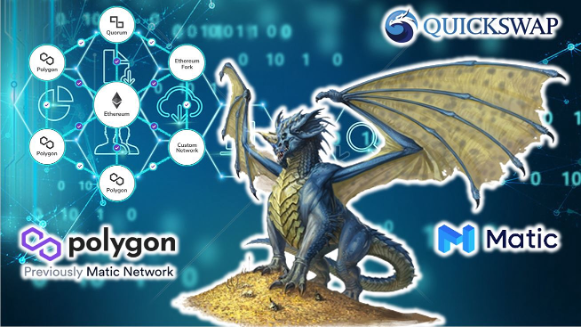
Polygon uses “PoS checkpoints” to finalize transactions on the Ethereum Mainnet. Ethereum is the most secure and programmable blockchain in the world with a developer community that has changed the industry. By removing some of the computational functionalities from Ethereum, Polygon can achieve over 65,000 transactions per block. However, Polygon chains have the option to host and execute mission-critical elements of their logic on Ethereum. For this, Polygon uses a series of smart contracts for functions like dispute resolution, finality, checkpointing, message relaying, and staking.
Also, Polygon allows developers to easily build customizable blockchain networks. These networks combine flexibility, sovereignty, and scalability, with the robustness and interoperability of Ethereum. This makes it incredibly fast and easy to test and get decentralized applications (dApps) to market safely. Furthermore, dApps built on Polygon are compatible with all existing tools created for Ethereum developers. For example, to use Polygon with MetaMask, simply switch the Remote Procedure Call (RPC) at the top of the extension from Ethereum to the Polygon/Matic Network.
In the long-awaited completion of the Ethereum 2.0 update, many successful new projects have launched on Polygon/Matic as opposed to launching on Ethereum. This includes the popular non-fungible token (NFT) project SuperFarm. This shows that Polygon is offering a layer-2 solution that is in high demand and essential for continuous progression in the crypto industry.
Layer-2 Scaling Solutions
Ethereum is the most reputable, highly-used programmable smart-contract-enabled blockchain in the world. It could be said that, without Ethereum, the blockchain industry might not have achieved the network effect it has today. This is largely due to the differences between Bitcoin and Ethereum.
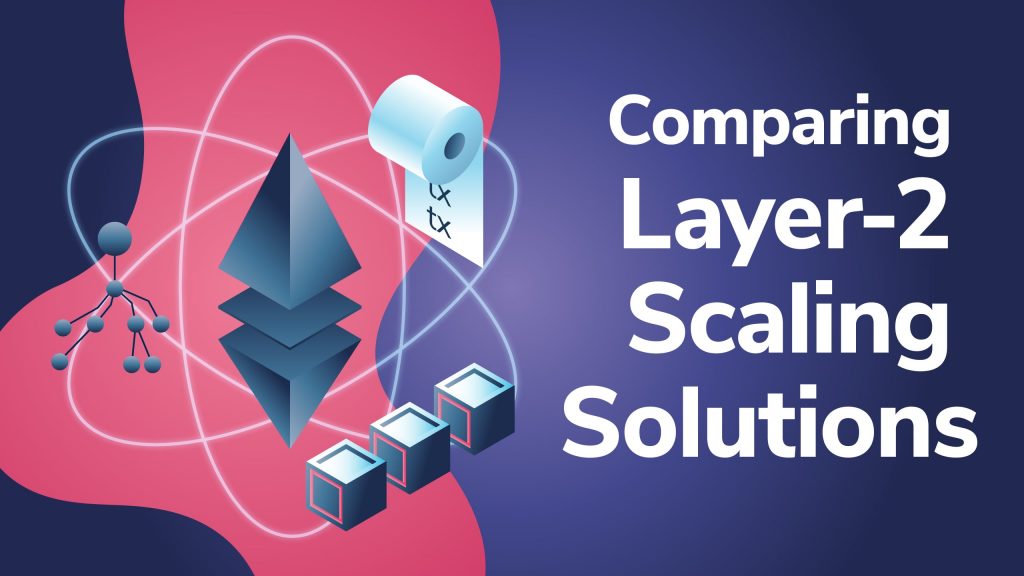
Ethereum allows for composable, programmable money to be automated via smart contracts. Also, Etherum is host to thousands of cryptocurrency projects that have used the Ethereum-native ERC-20 token standard. These tokens flooded the crypto markets in the initial coin offering (ICO) boom of 2017.
However, Ethereum has struggled to keep up with the demand for decentralized finance (DeFi) applications built on it. This has hindered the growth of the industry to an extent and urged many projects to look for innovative solutions to help Ethereum scale to meet the demand of its users.
There are several layer-2 scaling solutions for Ethereum. These include sharding, sidechains, state channels, Plasma, Optimistic Rollups, ZK-Rollups, and more! If you’d like to learn about the different types of layer-2 scaling solutions, save our Ethereum Scaling Solutions article for later!
Moreover, to discover how Ethereum works on a fundamental level, be sure to check out the Ethereum 101 course at Ivan on Tech Academy! Here we explore how smart contracts work, the Ethereum Virtual Machine (EVM) and ERC-20 tokens! Also, while you’re there, see our Blockchain & Bitcoin 101 course too. Ivan on Tech Academy covers the basics of blockchain including explaining the Proof-of-Work (PoW) consensus algorithm, UTXOs, hash functions, forks, and much more! Join a welcoming community of over 30,000 students, at Ivan on Tech Academy today!
The QUICK Token
The native QUICK token is an ERC-20 token that underpins the QuickSwap platform. Launched in February 2021, the QUICK token increased by over 90% on its first day of trading. At the time of writing, the QUICK token is trading at a price of around $940. QuickSwap’s market cap is around $148 million and has a max supply of 1 million QUICK tokens, according to CoinGecko.

The distribution model for the QUICK token was fair, intending to create a sustainable and robust ecosystem that puts its community first. There was no seed, private or public funding for the QUICK token. Furthermore, 90% of the distribution of all QUICK tokens is allocated to liquidity mining over the next four years.
By providing liquidity to trading pairs on QuickSwap, users earn 0.3% of trading fees. Also, liquidity providers earn the native QUICK token for their participation. The QuickSwap protocol will be governed by the community of QUICK token holders. This will eventually allow QUICK token holders to vote on proposals to make changes to the protocol. The aim is for the QUICK token to allow QuickSwap to become fully decentralized.
Yield Farming with QuickSwap
Yield farming with QuickSwap works much like other automated market makers (AMMs). QuickSwap uses the Plasma bridge to transfer assets from Ethereum to Matic. Users can set up a custom RPC (Remote Procedure Call) for MATIC in Metamask. Once connected to the MATIC Network, connect your MetaMask wallet to the MATIC Web Wallet. Then, select a pool with a token pair of your choice, and receive Liquidity Provider (LP) tokens that represent your share of the pool in return. LPs receive a share of the fees incurred for each token swap on the QuickSwap AMM. When an LP wishes to exit their position, they can redeem their LP tokens for the assets originally staked.
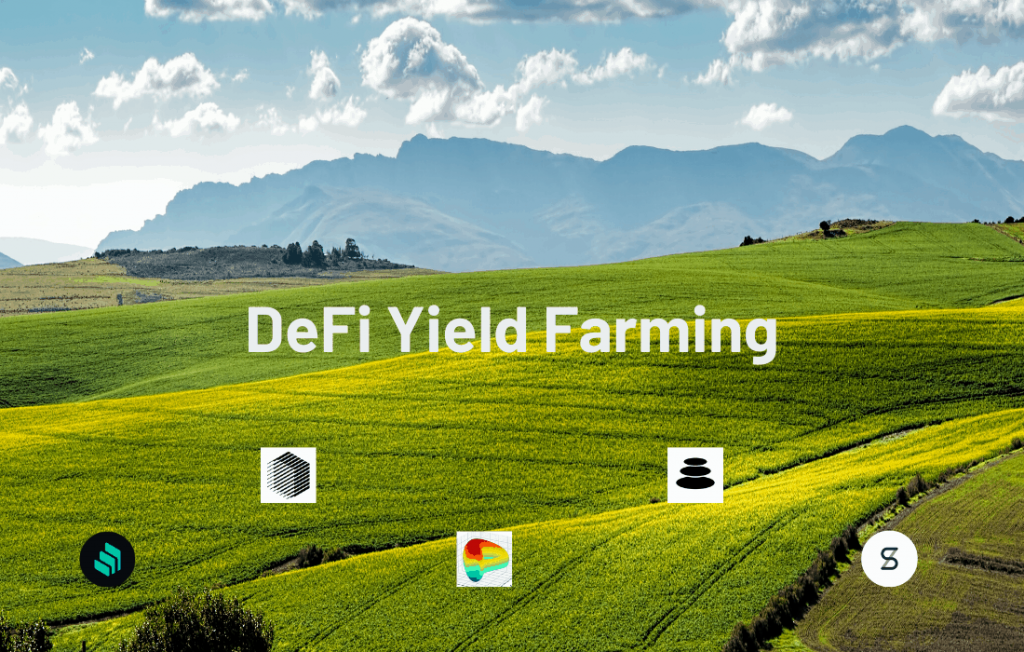
However, if the value of either asset falls below the price at which it was first entered into the pool, this can result in what is known as “impermanent loss”. Impermanent loss occurs when the 50:50 ratio of assets supplied to a pool becomes more heavily weighted towards an asset that has depreciated in value. This is common for LPs. However, providing that enough passive income is generated from transaction fees, and LPs monitor their positions, providing liquidity to AMMs can be lucrative.
This is particularly true when it comes to yield farming. Yield farming is the process of hopping between decentralized finance (DeFi) protocols to find the best yields for borrowing and lending. When yield farming on Ethereum-based protocols, gas fees are a major consideration, as they can seriously impact profits. However, transactions on AMMs on the Matic Network such as QuickSwap cost a fraction of a cent. This makes for a compelling and cost-effective layer-2 solution for yield farming. Furthermore, this lowers the barrier for entry to DeFi for users that cannot afford to pay extremely high gas fees for relatively small transactions.
Dragon’s Quick (dQUICK) Token
By depositing QUICK into the QuickSwap “Dragon’s Lair” pool, users can earn Dragon’s Quick (dQUICK) token rewards. At the time of writing, the price of dQuick sits at over $1,000 having just launched! Similar to the COMP token of the Compound protocol, the dQuick token is rewarded to users to incentivize borrowing and lending.
Why use QuickSwap?
Because the Matic Network is much faster and cheaper than Ethereum, swapping tokens and yield farming on QuickSwap is extremely cost-effective. As more tokens become available through the decentralized exchange, we can naturally expect increased adoption of the platform.
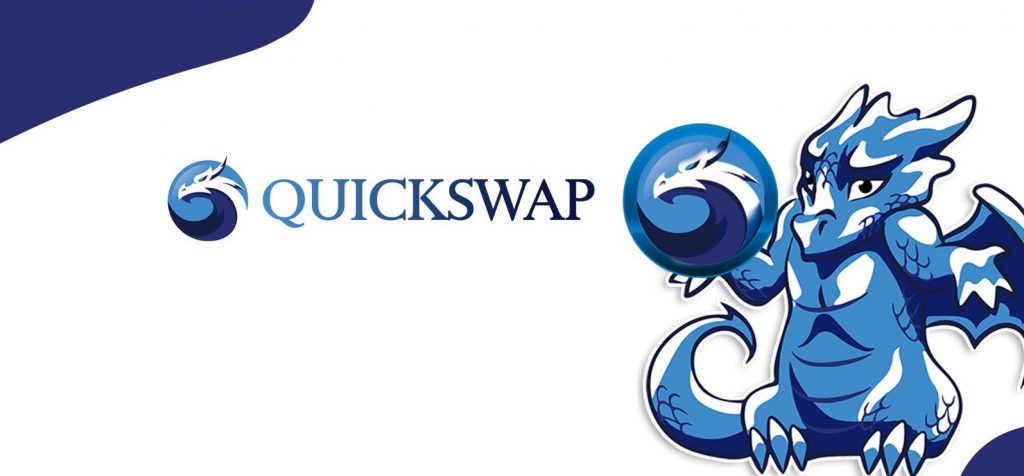
However, this won’t be a problem for QuickSwap. The popular automated market maker makes use of layer-2 scaling solutions, ensuring the speed and cost of transactions don’t increase substantially with higher network activity.
Moreover, users can earn a passive income with crypto using the QUICK token. By becoming a liquidity provider on QuickSwap, users will receive LP tokens and a percentage of transaction fees. Although similar to many other automated market models (AMM), the scaling solutions provided by QuickSwap means gas fees for unstaking and receiving rewards are far lower than other AMMs on Ethereum.
QuickSwap Summary
QuickSwap has attracted record amounts of liquidity since launching in February 2021. Thanks to the lightning-fast and ultra-low-cost transactions facilitated by Polygon, Quickswap has become one of the most popular automated market makers (AMMs) available. Furthermore, QuickSwap was among the top 30 trending projects of April 2021, according to CoinGecko.
With an ever-expanding range of token pairs and liquidity pools, combined with a low-fee, super-fast AMM, QuickSwap looks set to compete with some of the biggest names in decentralized finance (DeFi) and layer-2 scaling solutions. Furthermore, thanks to some seriously compelling rates, QuickSwap, and the QUICK token are seeing a rapid increase in adoption!
Blockchain and cryptocurrencies still exist in a relatively small market. Understanding how to use QuickSwap and its fundamental properties puts you at an advantage for the future. If you would like to learn more or pursue a career in blockchain technology, check out Ivan on Tech Academy. Knowledge of blockchain can be applied to a variety of industries (including the insurance, fashion, real estate, music, energy, and art industries!). Also, Ivan on Tech Academy can help you achieve a job in blockchain, regardless of your previous experience.
We offer students a Study Guide to make the most out of their experience with the Academy. Also, we offer The Essential Blockchain Job Search Guide so students understand how to approach employers or investors in the blockchain industry. Start your life-changing career today, at Ivan on Tech Academy!





